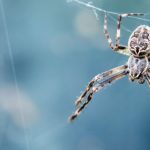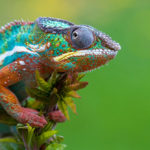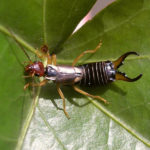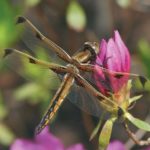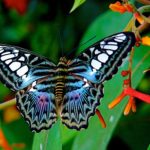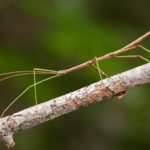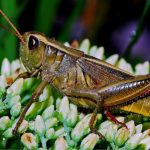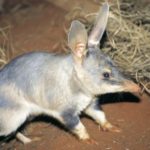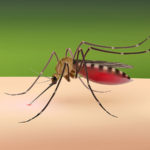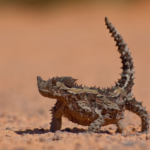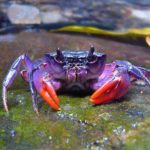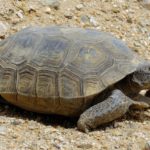Phalanx Spider – Description, Features and Habits
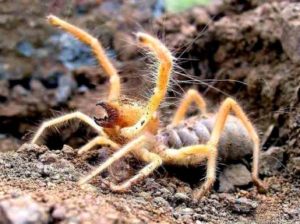 A phalanx spider or camel spider, also called a salpuga or bichor, in Latin Solifugae is a large insect. It looks like an ordinary spider insect is the strongest and most predatory of all found on earth. The main instinct of the phalanx is to kill and eat. There are more than 1000 species in the world, the length of the largest “Central Asian phalanges” is about 7 centimeters.
A phalanx spider or camel spider, also called a salpuga or bichor, in Latin Solifugae is a large insect. It looks like an ordinary spider insect is the strongest and most predatory of all found on earth. The main instinct of the phalanx is to kill and eat. There are more than 1000 species in the world, the length of the largest “Central Asian phalanges” is about 7 centimeters.
Their habitat is arid deserts and semi-deserts of all continents except Australia.
The phalanx looks very much like a spider, it has the same paws in shape as the spider, located along the body. In addition, like a spider on its face, there are mouth cheliceral appendages, similar to claws. However, the phalanx is not exactly a spider, although it is in the same class of arachnids with it. These spiders are quite large, about 5-7 centimeters.
The phalanx is a predatory insect that finds its food at night, in the dark. They are fed by various bugs, spiders, termites, ants and other crawling insects. Those that are larger will not refuse to attack a small lizard, agama or cub vole.
An interesting fact is that the phalanx, before attacking the enemy, scrapes its chelicerah against each other making loud creaking sounds. These she scares her future victim. The body of the phalanx is designed so that it has the ability to be very mobile. Some species are capable of traveling at speeds up to 16 km / h. This view is called “wind scorpion” in English, which means “wind scorpion”.
Places of phalanx are deserts and semi-deserts with a dry climate. Most often they are found in large sand deserts such as the Karakum, Kyzyl Kum, Sahara, Gobi. They adapted perfectly in the Transcaucasus and the North Caucasus, in Central Asia and Kazakhstan, in Kalmykia and in the Lower Volga. There are many of them in the south of Crimea. In Europe, they settled in Spain, Greece and some parts of Italy. But in Australia, these arachnids can not be found, they are not there.
For a person, a salpuga is not only dangerous, but a meeting with it may well lead to undesirable consequences. The compression force of her chelicera is so great that she can easily bite through not only human skin, but also clothes and light shoes. And although the phalanx does not have poison, its bite is very painful, and due to the fact that rotting food remains on its jaws, it is quite possible inflammation at the site of the bite and even general infection of the blood. Therefore, being in the places where these harmful insects live, you need to dress in tight clothes and wear shoes that can protect against a bite.
The phalanx order from the arachnid class is very numerous, it has 13 families, 140 genera and more than 1000 species, bearing many names such as: Solpugida, Galeodea, Mycetophorae, Solifugae Sundevall and others. Among the English names, the most famous are: camel spider, sun spider, sun scorpion and wind scorpion. In Russia, they are better known under the names of bihorca. In any case, no matter how they are called, the phalanx is a spider, from which you need to stay away.
